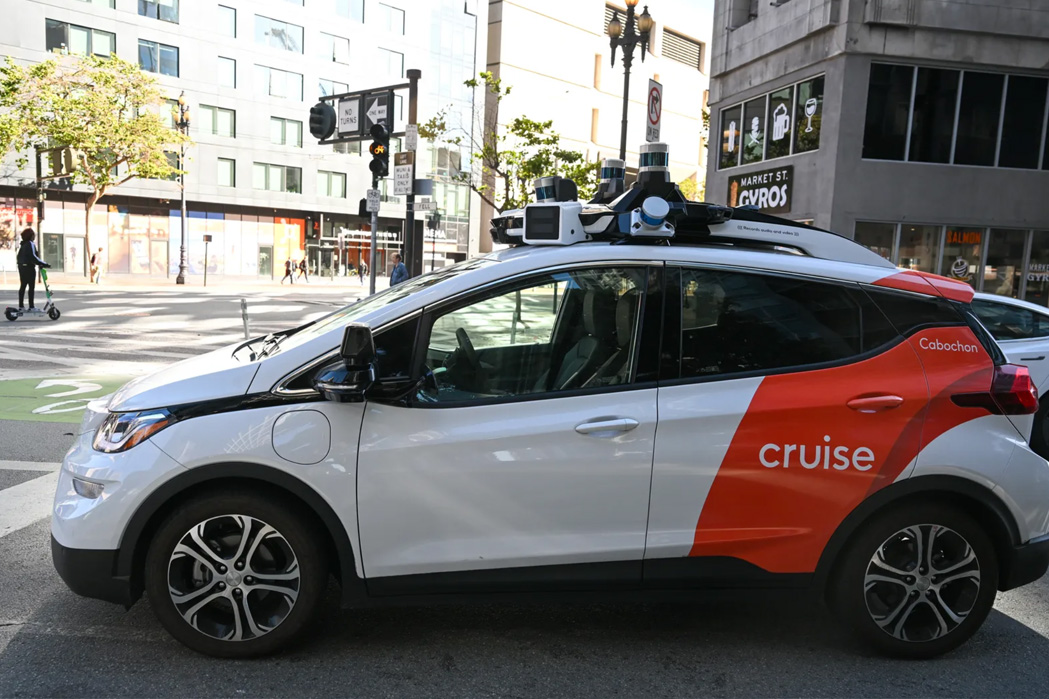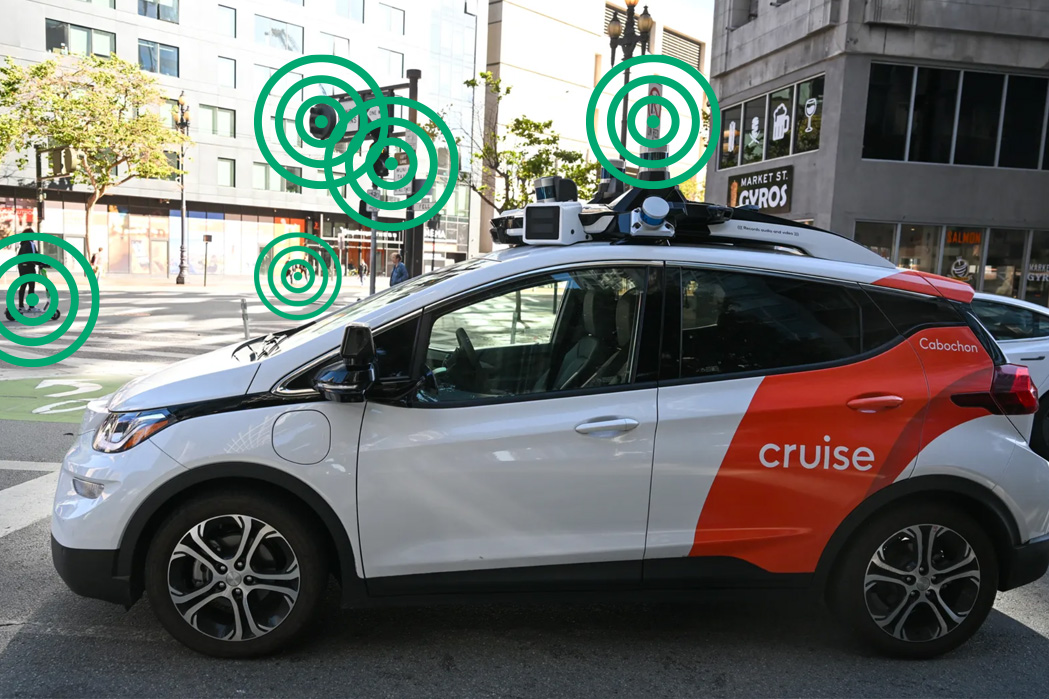Advantages: Increasing Vehicle Range

Vehicle situational awareness based on camera inferences consumes massive power.

RF-eye is a Key Pillar for Sustainable Advanced Driving Systems
- RF-eye beacons negate the need to infer the identity of all the objects in every image
- Only need to infer objects without a beacon
- Greatly reducing computation energy consumed by the vehicle
- Improves vehicle driving range by reducing the number of inferences
- while providing accurate location, and identification, of road objects
- reducing vehicle power consumption drastically
- Passive RF-eye beacons require no power. Solving major challenges for Advanced Driving Systems


